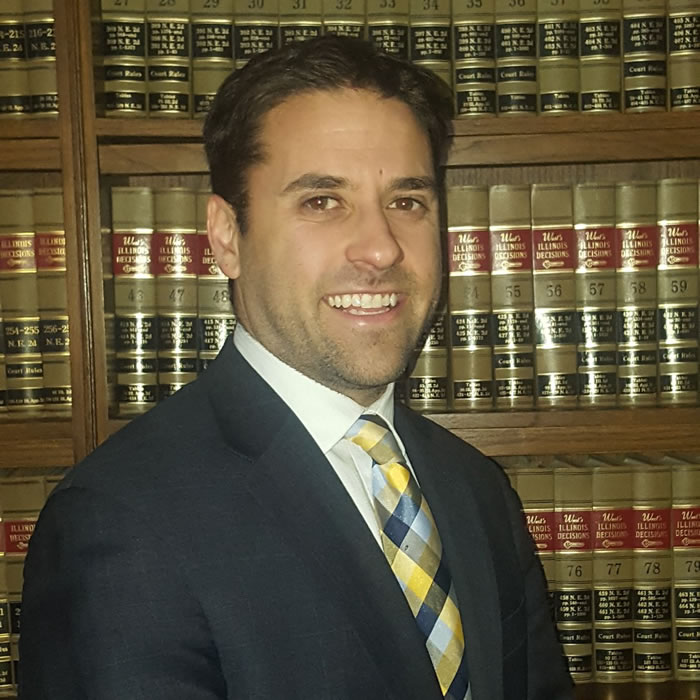Proving Liability in a Personal Injury Case: Establishing Fault
When pursuing a personal injury case, one of the key elements is proving the liability of the responsible party. Establishing fault is crucial in demonstrating that the other party’s negligence or intentional actions led to your injuries and damages. At Katzman & Sugden, LLC in Belleville, IL, our personal injury attorneys are adept at building strong cases that clearly establish liability. In this article, we will explore the process of proving liability in a personal injury case.
1. Duty of Care
The foundation of proving liability is establishing the duty of care owed by the responsible party. Duty of care refers to the legal obligation to act reasonably and responsibly to prevent harm to others. For instance, drivers have a duty to follow traffic laws and avoid reckless behavior.
2. Breach of Duty
Proving liability requires showing that the responsible party breached their duty of care. This involves demonstrating that their actions or omissions fell below the expected standard of care. For example, a property owner’s failure to address a hazardous condition could constitute a breach of duty.
3. Causation
Causation establishes a direct link between the responsible party’s breach of duty and the injuries sustained. It must be demonstrated that the breach of duty directly caused or contributed to the injuries. Medical records and expert testimony can be used to establish this connection.
4. Negligence and Negligence Per Se
Negligence involves proving that the responsible party’s actions were careless or reckless, leading to the injuries. In some cases, negligence per se applies, meaning that the responsible party violated a law or regulation that directly contributed to the injuries.
5. Strict Liability
In certain situations, strict liability may apply, eliminating the need to prove negligence. Strict liability holds responsible parties accountable regardless of fault. This often applies to cases involving defective products or hazardous activities.
6. Expert Witnesses
Expert witnesses play a crucial role in proving liability. These professionals provide specialized knowledge and opinions to help the court understand complex issues. For example, a medical expert can explain how a certain action led to specific injuries.
7. Gathering Evidence
Building a strong case involves gathering evidence such as accident reports, medical records, eyewitness testimonies, and surveillance footage. This evidence supports your claims and strengthens your case’s credibility.
8. Documentation and Documentation
Documenting the incident and its aftermath is essential. This includes taking photos of the scene, injuries, and damages, as well as keeping records of medical treatments, expenses, and any conversations related to the incident.
At Katzman & Sugden, LLC, we understand the intricacies of proving liability in a personal injury case. Our attorneys are skilled in gathering evidence, consulting experts, and presenting a compelling case that establishes fault and secures the compensation you deserve.
Contact us today to discuss your case and learn more about how we can help you prove liability and achieve a favorable outcome in your personal injury claim.

Daniel C. Katzman is a Partner at Katzman & Sugden, LLC and is licensed to practice law in Illinois and Missouri. Daniel was born and raised in Belleville, Illinois where his dad, Steven E. Katzman has had his law office for over 40 years. Daniel joined the law firm of Katzman & Sugden, LLC after receiving his J.D. from St. Louis University School of Law in 2011, where he earned certificates in Health Law and Employment Law. Prior to that, he received his undergraduate degree in Health: Science, Society & Policy from Brandeis University in Waltham, Massachusetts. Combining his background in health policy and law, Daniel focuses his practice on assisting clients who have been injured through no fault of their own. He is admitted to practice law in Illinois, Missouri, the United States District Court for the Southern District of Illinois, and the United States District Court for the Eastern District of Missouri.
